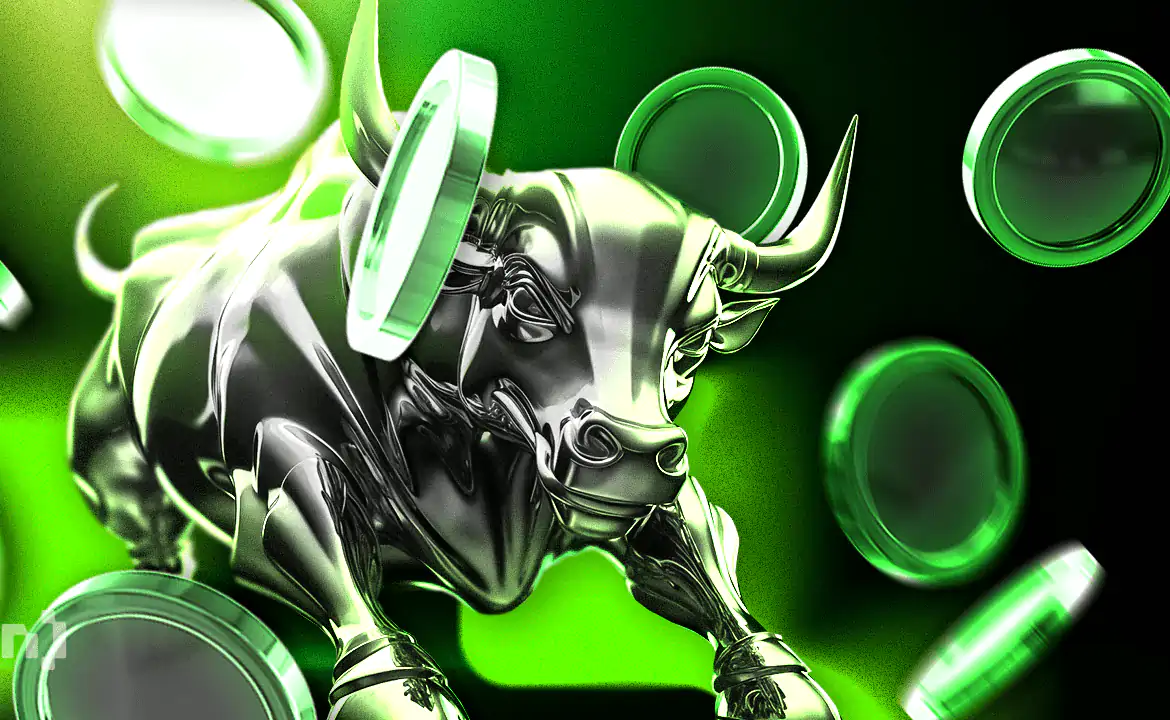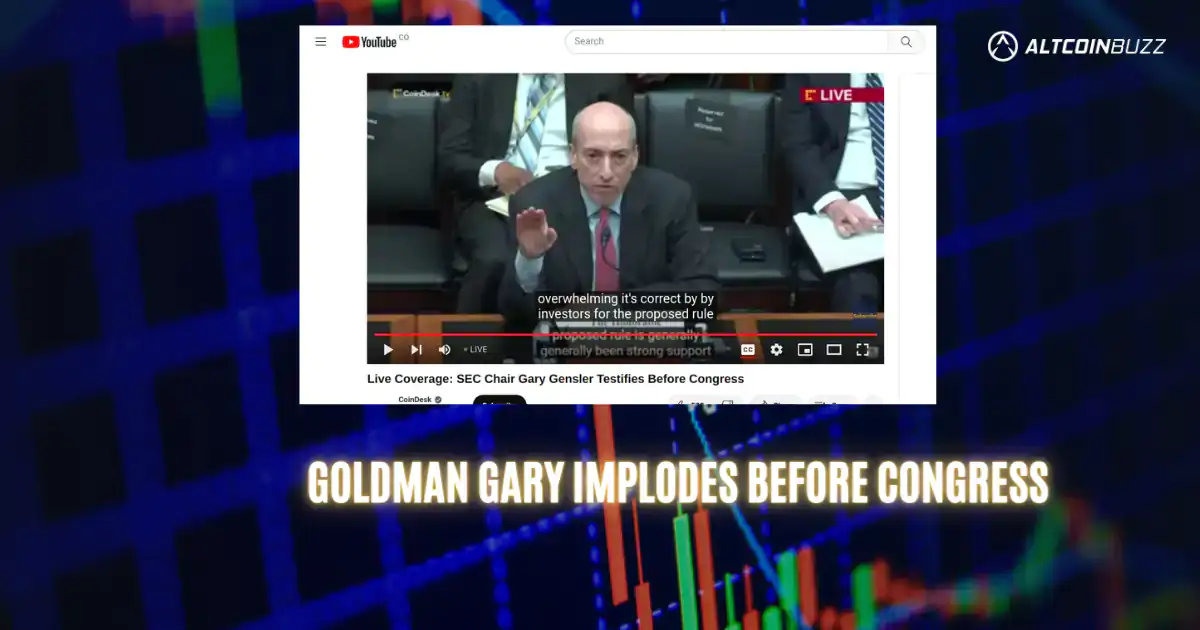How would a metaverse of the energy challenge look in 2030? How new crypto mechanisms can help solve current energy problems and improve people's lives for the future.
Cryptography and energy have had a love-hate relationship over the past 10 years. One of the greatest controversies in crypto and energy is how much energy is consumed to exploit crypto-currency. The University of Cambridge Bitcoin Electricity Consumption Index, for example, calculates that the global bitcoin network currently consumes about 97 terawatt-hours of electricity annually, more than the annual output of 23 coal-fired power plants, which is more than the entire nation of the Philippines consumes in a year. The rise in solar energy adoption also gave rise to crypto protocols aiming to enable more peer-to-peer transactions, with large players, like Mitsubishi, coming into the mix.
But a fundamental issue remains: how cryptography as a virtual system can be easily integrated into complex physical energy systems. It seems the problem is not peer-to-peer, and it’s not generation, it’s integration. Clean energy is now the world’s cheapest energy source, but the existing grid requires $500 billion annual investment to be able to integrate the renewable energy we need to achieve 2050. Even more, if the world is to move to net zero emissions by 2030 and absolute zero by 2050.
The standard approach to the integration of new energy assets won’t cut it, especially as a new wave of energy innovations is arriving. In addition, if the world wants to achieve net-zero emissions by 2030 and absolute net-zero emissions by 2050.



 BlocksInform
BlocksInform











